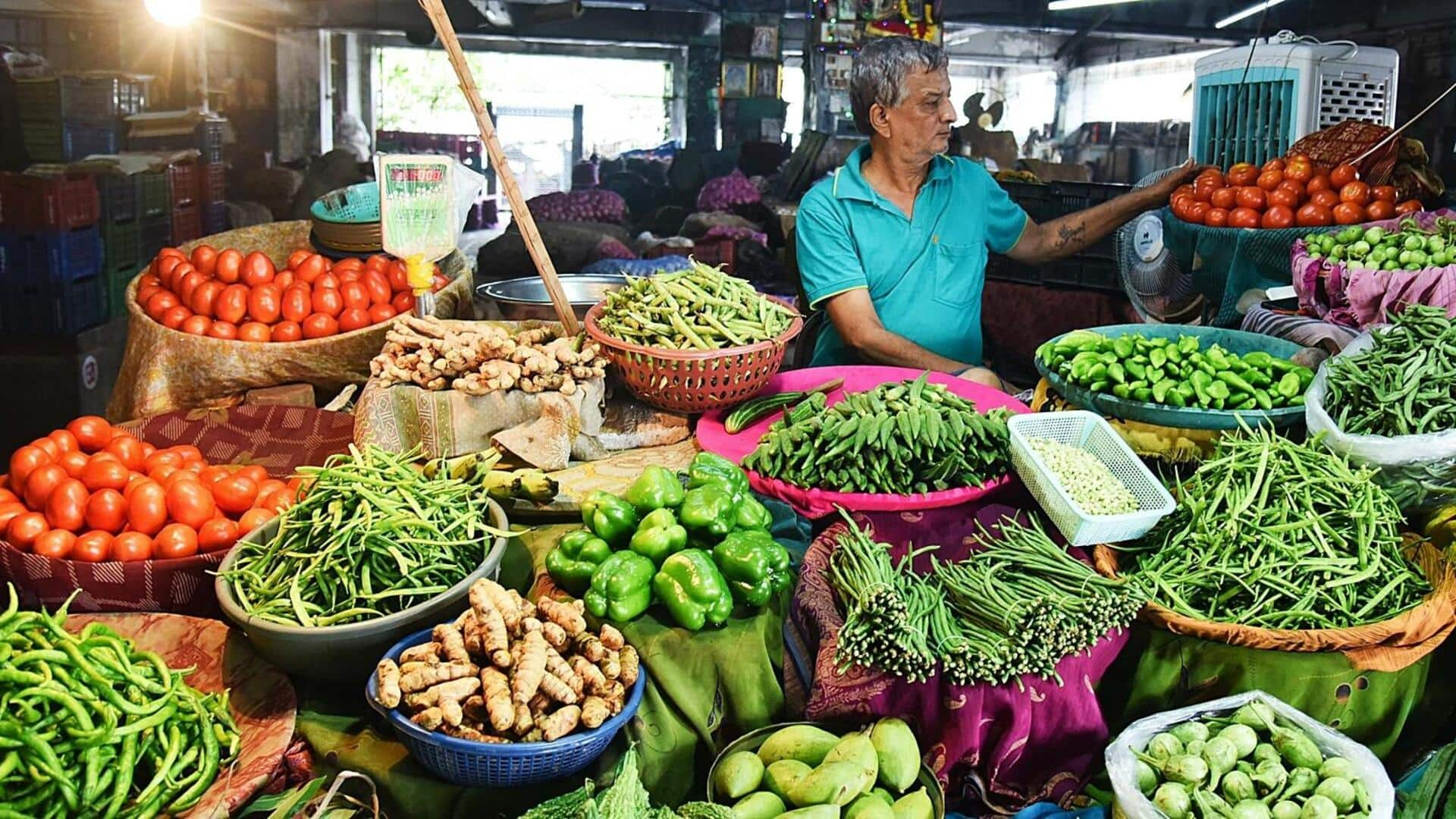Despite softening inflation and room for monetary easing, economists expect the Reserve Bank of India (RBI) to maintain policy rates at its October 1 meeting.
The central bank’s cautious stance comes amid strong growth data, GST-driven consumption support, and emerging risks to food prices. Inflation Within RBI’s Comfort Zone India’s retail inflation environment remains benign. The latest Consumer Price Index (CPI) print showed inflation rising to 2.07% in August from July’s eight-year low of 1.61%, still well within the RBI’s medium-term target band of 2–6%. Economists believe the recent GST rate cuts, which take effect from September 22, could further ease price pressures and lower CPI for FY26 compared to the RBI’s 3.1% estimate, noted a ET report. Madhavi Arora, chief economist at Emkay Global, noted that mandi price trends suggest September inflation is tracking at ~1.75%, with October possibly dipping below 1% due to the GST cuts and favorable base effects, said a ET report. Growth Numbers Limit Chances of Immediate Cut Yet, strong growth indicators are keeping the RBI cautious. India’s Q1FY26 GDP grew 7.8%, outpacing expectations. “With a comfortable inflation trajectory, the RBI has room to cut rates further by 25–50 basis points. However, given the strong Q1 GDP number along with the recent consumption boost from GST cuts, we do not expect the RBI to cut policy rates further in the current cycle,” said Sakshi Gupta, principal economist, HDFC Bank. Soumya Kanti Ghosh, group chief economic adviser at State Bank of India, added that with August inflation above 2%, the case for an October cut looks weak. “Even a rate cut in December looks a little difficult if Q1 and Q2 growth estimates are taken into account,” he said. Risks From Food Prices and Global Headwinds While GST reforms are expected to aid consumption, risks remain from potential food price spikes due to excess rainfall damaging crops in northern and central India. Economists also warn that tariffs and global trade uncertainties could weigh on growth momentum in the second half of FY26. “After the stellar start in Q1FY26, growth momentum is expected to slow as transient factors fade and the impact of tariffs becomes more visible,” said Gaura Sengupta, chief economist, IDFC First Bank, who still expects one more 25 bps rate cut in Q3FY26. Dhiraj Nim, economist at ANZ, highlighted that downside risks to inflation leave scope for a cut in the October–December quarter, though markets have largely priced it out after the robust GDP print. For now, the consensus is clear: the RBI will likely adopt a wait-and-watch approach in October, keeping policy rates steady despite having room for monetary easing. Future decisions may hinge on food inflation trends, the transmission of GST cuts, and how global headwinds affect India’s growth trajectory in the coming quarters.














